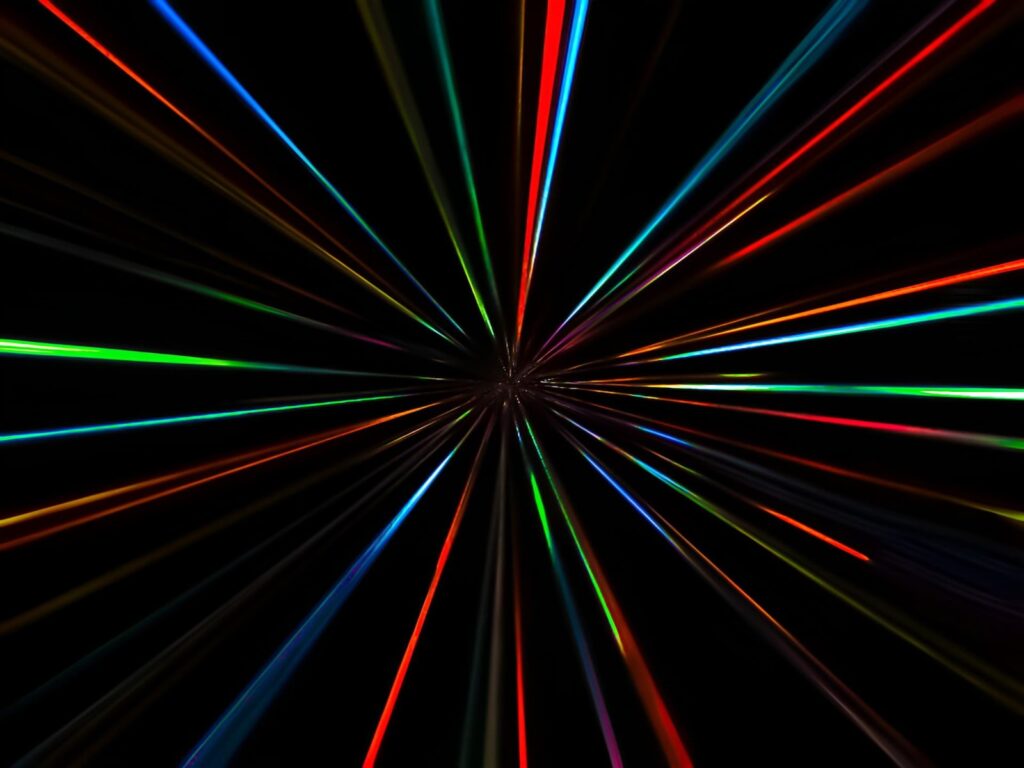Q-switched and Pico lasers are used for various skin treatments, including tattoo removal, skin resurfacing, and pigmentation correction. However, there are a few key differences between these two types of lasers that make one more suitable for a particular treatment than the other.
One key difference between Q-switched and Pico lasers is the laser pulse duration. Q-switched lasers have very short, high-energy pulses that last for just a few nanoseconds, while Pico lasers have even shorter pulses that last for picoseconds (that’s why they’re called “Pico” lasers). This difference in pulse duration means that Q-switched lasers are better at breaking up large particles, such as in tattoo ink. Pico lasers are better at breaking up smaller particles, such as pigment in the skin.
Another difference between Q-switched and Pico lasers is the wavelength of the laser beam. Q-switched lasers typically have a wavelength of 1064-1070 nm, which is absorbed well by pigments like ink and melanin, making them practical for tattoo removal and pigmentation correction. On the other hand, Pico lasers typically have a shorter wavelength in the range of 532-1064 nm, which is absorbed less deeply in the skin and can be less effective at breaking up larger particles. However, the shorter wavelength of Pico lasers can make them less painful and more suitable for use on sensitive areas of the skin, such as the face.
Ultimately, choosing a Q-switched laser and Pico laser will depend on the specific treatment performed and the skin’s characteristics. A medical professional can recommend the most suitable laser for a particular treatment based on the patient’s needs.

